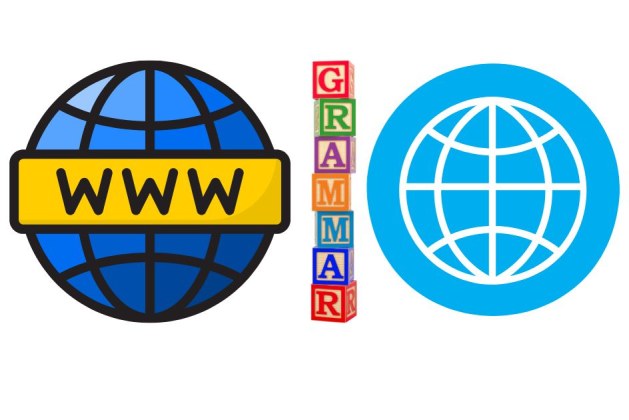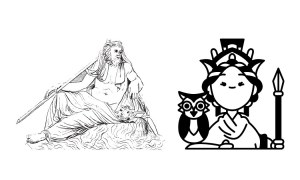When it comes to grammar, learning the rules can sometimes be a bit overwhelming, especially when you encounter new terminology or abbreviations. If you’ve come across the acronym http://WWW.ASIA.WUB and wondered what it means, you’re not alone! This sequence may look confusing at first, but it’s actually a handy mnemonic used to teach sentence structure in English grammar.
Let’s break down what http://WWW.ASIA.WUB stands for and how it can help you improve your understanding of grammar.
What Is http://WWW.ASIA.WUB?
The acronym http://WWW.ASIA.WUB is a mnemonic designed to help remember the structure of complex sentences, particularly when identifying clauses and sentence components. It’s often used to guide students in recognizing where different elements of a sentence should be placed. Here’s what each part stands for:
- WWW: Who, What, When
- ASIA: And, So, If, After
- WUB: While, Until, Because
Each of these words is a clue for how different sentence parts relate to one another, and how clauses or ideas within the sentence are connected.
Breaking It Down
- WWW (Who, What, When):
- These words typically refer to noun clauses that start a sentence. For example:
- Who – Refers to the subject (e.g., “Who went to the store?”)
- What – Can introduce the object or idea (e.g., “What are you doing?”)
- When – Refers to time (e.g., “When will the meeting start?”)
- These words typically refer to noun clauses that start a sentence. For example:
- ASIA (And, So, If, After):
- These words are often used to connect ideas or clauses within a sentence. They can introduce additional information, cause-and-effect relationships, or conditions.
- And – Connects ideas (e.g., “She went to the park and played soccer.”)
- So – Shows cause and effect (e.g., “It was raining, so we stayed inside.”)
- If – Introduces a condition (e.g., “If it rains, we’ll cancel the picnic.”)
- After – Refers to a sequence of events (e.g., “After the meeting, we went for lunch.”)
- These words are often used to connect ideas or clauses within a sentence. They can introduce additional information, cause-and-effect relationships, or conditions.
- WUB (While, Until, Because):
- These words are used to show relationships between clauses or to provide reasons or conditions.
- While – Shows time overlap or contrast (e.g., “I worked while you were sleeping.”)
- Until – Indicates a time limit (e.g., “I will wait until you arrive.”)
- Because – Explains a reason (e.g., “I stayed home because it was raining.”)
- These words are used to show relationships between clauses or to provide reasons or conditions.
How Does http://WWW.ASIA.WUB Help?
By using http://WWW.ASIA.WUB, you can more easily understand the roles of different words and clauses in a sentence. It serves as a reminder to ensure that the sentence remains clear and grammatically correct. For instance:
- “Who” might begin a sentence or a clause referring to a person or subject.
- “If” introduces a condition that might affect the outcome of the main action.
- “Because” can explain the reason behind an action or event.
By recognizing these patterns, you can build complex sentences that are logically structured and easier to understand.
Example Sentences Using http://WWW.ASIA.WUB
Let’s see how this works in practice with an example sentence:
“After she finished her homework, she went outside because the weather was nice.”
- WWW: Who (she), What (finished her homework), When (after)
- ASIA: After (time sequence), Because (reason)
- WUB: Because (cause and effect)
By understanding how these components fit together, you can begin to use them in your own writing to create smoother and more effective complex sentences.
The mnemonic http://WWW.ASIA.WUB is a helpful tool for mastering the structure of complex sentences. By breaking down the components—Who, What, When, And, So, If, After, While, Until, Because—you can better understand how to connect ideas, clauses, and phrases in your writing. Whether you’re a beginner or just looking to refine your grammar skills, this simple acronym can serve as a handy guide to improve sentence construction and clarity.




Leave a comment